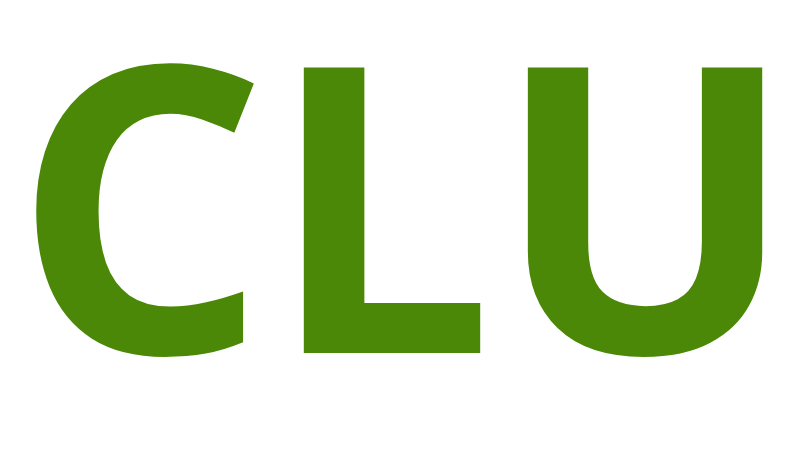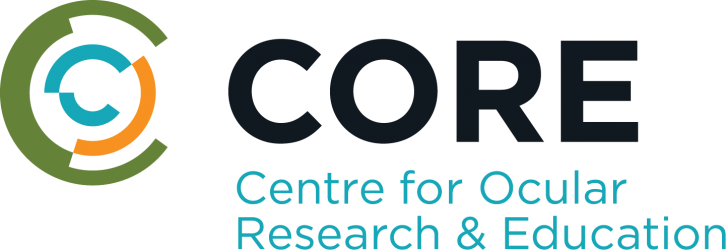Issue 71 of Contact Lens Update Now Available
WATERLOO, ONTARIO, May 1, 2023—Addressing the rapidly-evolving importance of biometry in myopia management, the Centre for Ocular Research & Education (CORE) has dedicated Issue 71 of Contact Lens Update to the topic. Four international experts offer timely, clinically-relevant perspectives that eye care professionals can employ in their practices for equipment selection, axial length assessment, and outcomes interpretation. The latest edition and all past issues are available for free at ContactLensUpdate.com.
“With global myopia prevalence estimated to reach 50% by the year 2050, more effectively controlling and managing the disease has captured the attention of the optometry and ophthalmology communities like few other issues,” said CORE Director Lyndon Jones. “This issue of Contact Lens Update is designed to help our clinical peers better understand several aspects of biometry and axial length, in a succinct format that can be read in a matter of minutes.”
Debbie Jones, clinical professor at the University of Waterloo School of Optometry & Vision Science and lead clinical scientist at CORE, authors the opening editorial. She summarizes several multifunction instruments that are becoming mainstays in clinical settings, each capable of supplying a wealth of information to support management of young myopic patients.
The feature article from Marielle Reidy, a pediatric optometrist and a PhD candidate conducting myopia research at the Ohio State University, discusses the results of a study assessing the potential of ocular biometrics and uncorrected visual acuity for detecting myopia. She writes that “some biometric measures taken under noncycloplegic conditions can serve as useful screening tools for myopia detection, when cycloplegic refractive assessment is not possible. Axial length, the AL/CR ratio, or the AL/CR ratio in combination with UCVA can all detect myopia with good success.”
Gareth Lingham, an orthoptist and postdoctoral fellow at the Centre for Eye Research Ireland, shares results from his poster first presented at the Association for Research in Vision and Ophthalmology (ARVO) 2022 annual meeting. This study assessed the performance of a machine learning-based algorithm in estimating axial length by using age, sex, spherical refractive error, astigmatism and corneal radius of curvature data. The outcomes highlight the potential for new technologies to be employed when biometry is unavailable.
Also included in this issue is a clinical insight by Jason Compton, owner of Compton Eye Associates in the New York City area and assistant adjunct faculty of the SUNY College of Optometry. His downloadable practitioner resource provides a useful overview of the benefits of optical biometry over ultrasound for measuring axial length.
Published six times per year, Contact Lens Update provides a global platform for unbiased clinical insights based in current research. Since 2011, each issue has provided dependable and up-to-date ocular health information for more than 60,000 leading eye care professionals.
In addition to a complete archive of back issues, ContactLensUpdate.com offers a resource library that provides no-cost professional tools, patient resources, images and video. It also houses complimentary technical training videos produced by International Association of Contact Lens Educators, plus an industry glossary. Industry professionals can access the latest issue directly from ContactLensUpdate.com or quickly sign up for email receipt of future issues.
The publication receives support from the educational arms of Alcon, CooperVision, and Johnson & Johnson Vision.
# # #
About the Centre for Ocular Research & Education (CORE)
The Centre for Ocular Research & Education (CORE) was established in 1988 at the University of Waterloo’s School of Optometry & Vision Science. Over the next three decades, the organization evolved from a three-person operation into a thriving hub of basic and applied research, collaborating with sponsors, agencies and academia on advanced biosciences, clinical research and education. Its uncompromising independence and results of the highest quality have been at the heart of many of the most prominent advances in eye health. Today, its approximately 50-person team serves a range of ophthalmic sectors, including medical devices, ocular pharmaceuticals, digital technology and others, with a focus on the anterior segment. For more information, please visit core.uwaterloo.ca.
MEDIA CONTACTS
Aimee J. Lewis or Mike McDougall, APR, Fellow PRSA, FAAO
McDougall Communications for CORE
aimee@mcdougallpr.com +1.585.414.9838 | mike@mcdougallpr.com +1.585.545.1815





